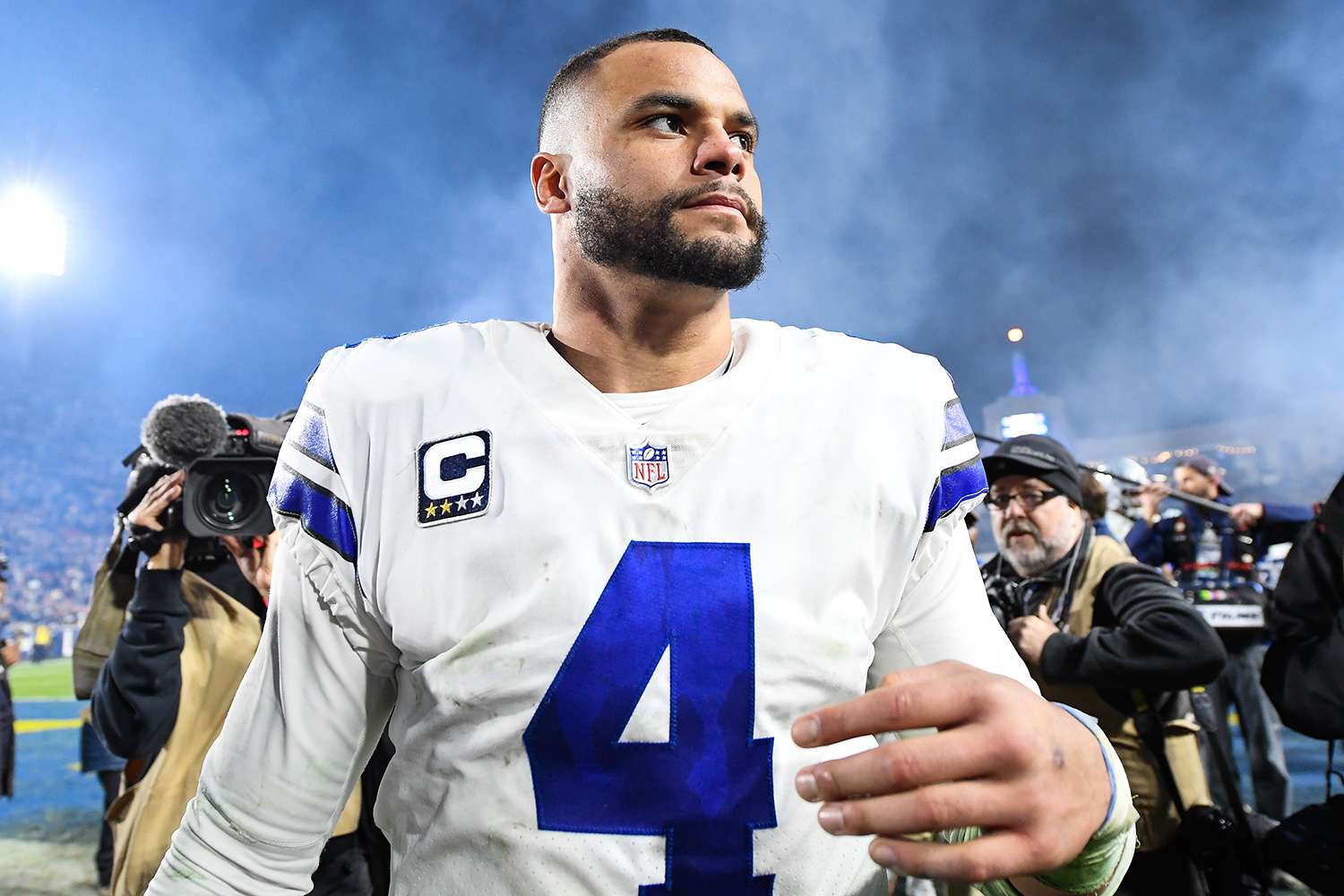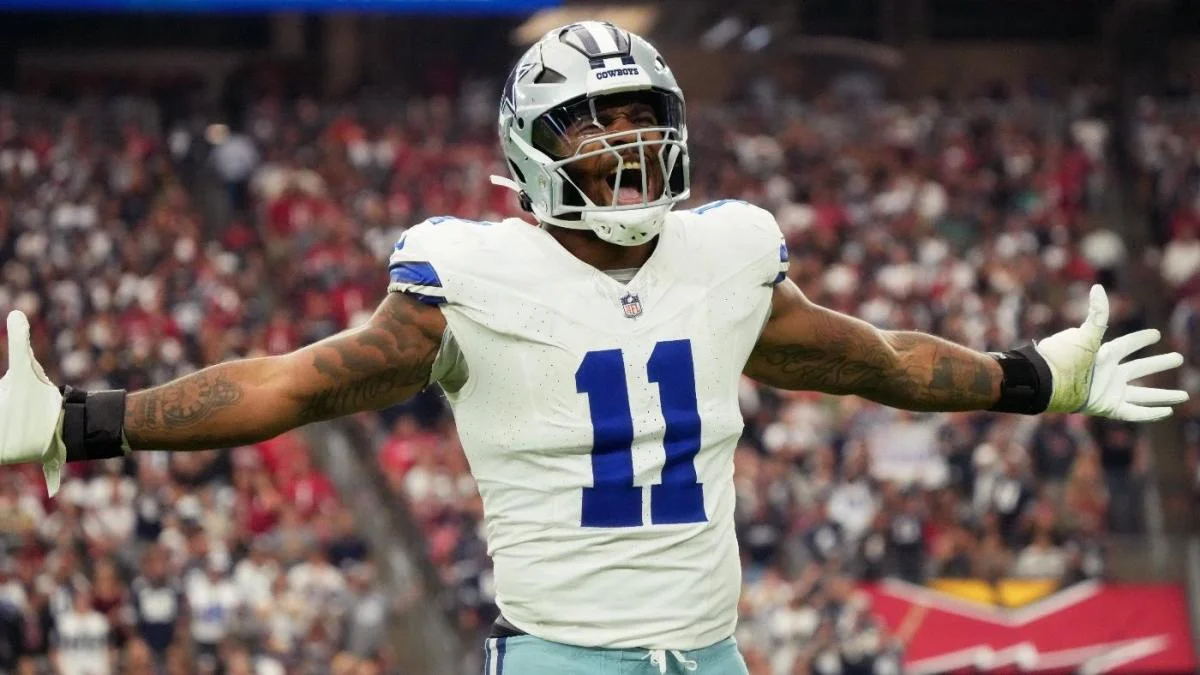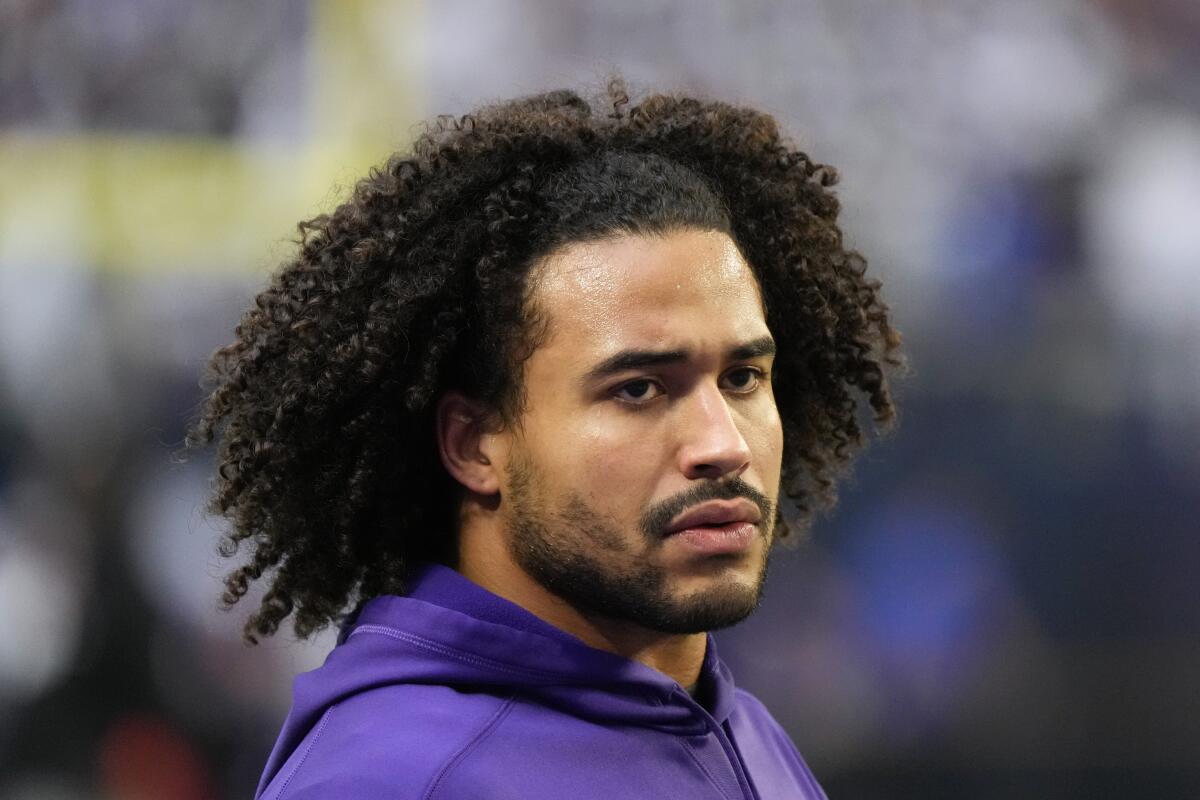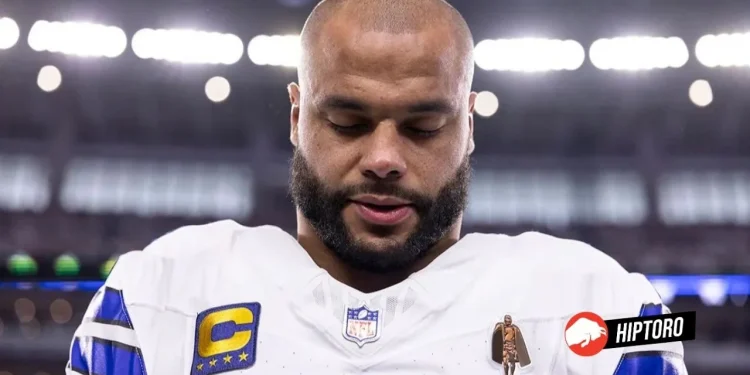The Dallas Cowboys, a team with a storied legacy and a fervent fan base, are no strangers to the highs and lows of NFL seasons. Their latest campaign, a promising 12-5 record winning the NFC East and securing the No. 2 seed in the NFC, ended in dismay. The unexpected Wild Card loss to the Green Bay Packers, led by Jordan Love, was not only a shock but a disappointment that echoed through the halls of AT&T Stadium.

Dallas Cowboys, Quiet Strategy or Stagnation?
In the wake of their abrupt postseason exit, the Dallas Cowboys’ approach to free agency has been notably subdued. Aside from the commendable acquisition of Eric Kendricks, Dallas has remained largely inactive. This silence has been deafening, especially as division rivals have aggressively bolstered their rosters.
The rationale behind this quietude might not be immediately apparent, but a closer look reveals a strategic, if risky, play by the Dallas Cowboys front office.

Dallas Cowboys’ Future Balancing Act
The core trio of Dak Prescott, Micah Parsons, and CeeDee Lamb, who are instrumental to the Dallas Cowboys’ success, stand on the brink of free agency within the next two years. With Prescott and Lamb’s contracts expiring after the 2024 season, the focus has shifted towards securing their future with the team. It’s a delicate balancing act, prioritizing long-term commitments over short-term gains, a strategy that carries its own set of risks.
Jon Machata of The Athletic raises a critical point regarding the potential fallout from Dallas’ quiet offseason. The lack of significant signings, combined with the departure of key players, could sow seeds of frustration within the team. Machata speculates on the possibility of training camp holdouts, particularly from Prescott, Parsons, or Lamb, as they leverage for better contracts—a tactic that proved effective for Zack Martin.
Newest Buccaneer Randy Gregory spent last year with both DEN & SF, but wasn’t utilized much starting only 3/16 games played
Had his most success in Dallas with 16.5 Sacks, 19 TFL, 52 (!!) QB Hits, 8 FF and 1 INT his 5 years as a Cowboy.
Good depth pic.twitter.com/AyYSJKlbwf
— Ashlie (@EMT_Ashlie) April 3, 2024
Dallas Cowboys Risky Strategy Raises Questions
This strategy, while financially prudent, is not without its pitfalls. The absence of fresh talent and the failure to secure key players with long-term deals could backfire, leading to a scenario where the Dallas Cowboys risk losing their stars without adequate compensation. It’s a high-stakes game that Jerry Jones, the team’s owner, is playing.
Jerry Jones, known for his ambition and commitment to winning, finds himself in a precarious position. His frustration with the team’s postseason underperformance is understandable, but the lack of urgency in the offseason has left fans and analysts puzzled.
The Dallas Cowboys’ current strategy is a gamble that reflects a broader trend in the NFL, where teams must navigate the complexities of salary caps, player contracts, and the pursuit of championships. The outcome of this gamble could define the Cowboys’ future, either by securing their core talent for years to come or by setting the stage for a tumultuous period of uncertainty.

Dallas Cowboys Offseason Strategy, Patient Progression, or Stagnant Stalemate?
As the offseason progresses, the spotlight remains firmly on the Dallas Cowboys. Will their strategic patience pay off, or will it exacerbate the challenges facing the team? The answer lies in the delicate dance of negotiations, player morale, and the ever-present pressure to compete at the highest level. The Cowboys’ saga is a reminder that in the NFL, the line between strategy and stalemate is often perilously thin.
In conclusion, the Cowboys’ offseason approach, characterized by its apparent inactivity, underscores a complex strategy aimed at securing the future of its key players. As Dallas navigates this critical period, the decisions made now will reverberate through the franchise for years to come, for better or worse.

Sources: Fanisided









